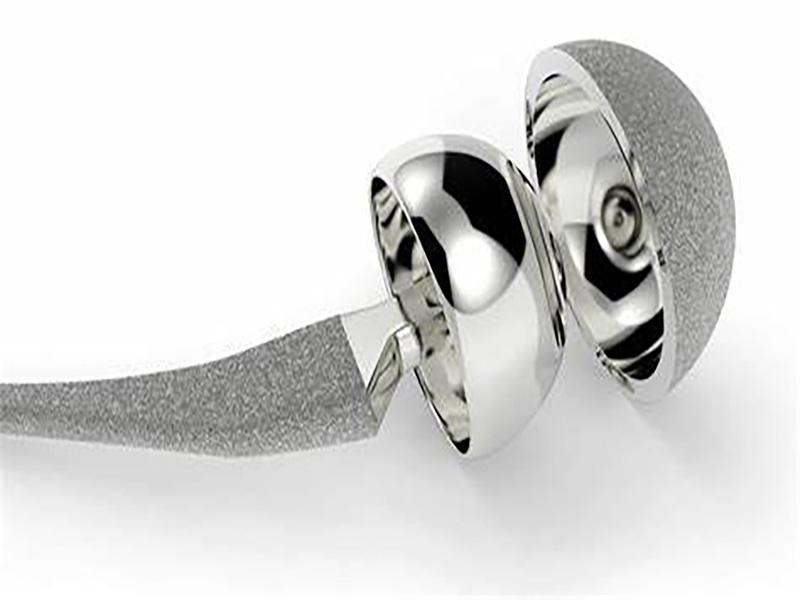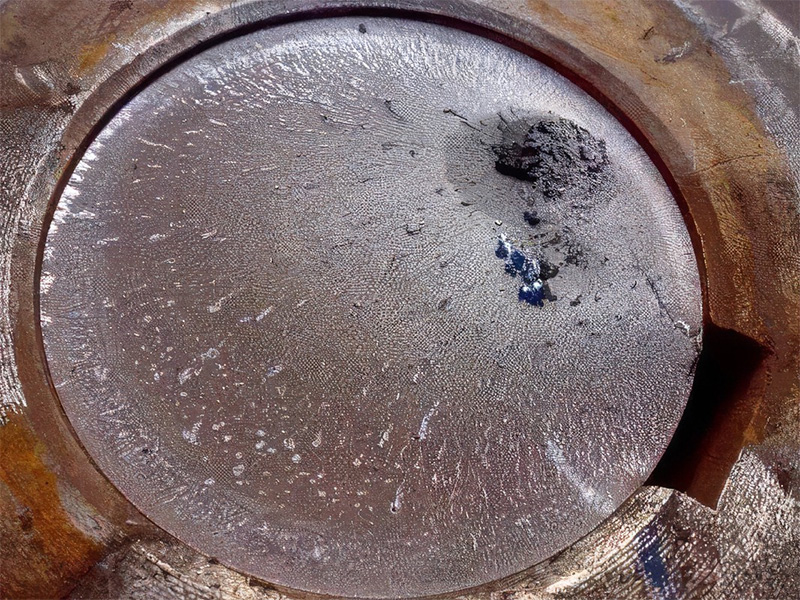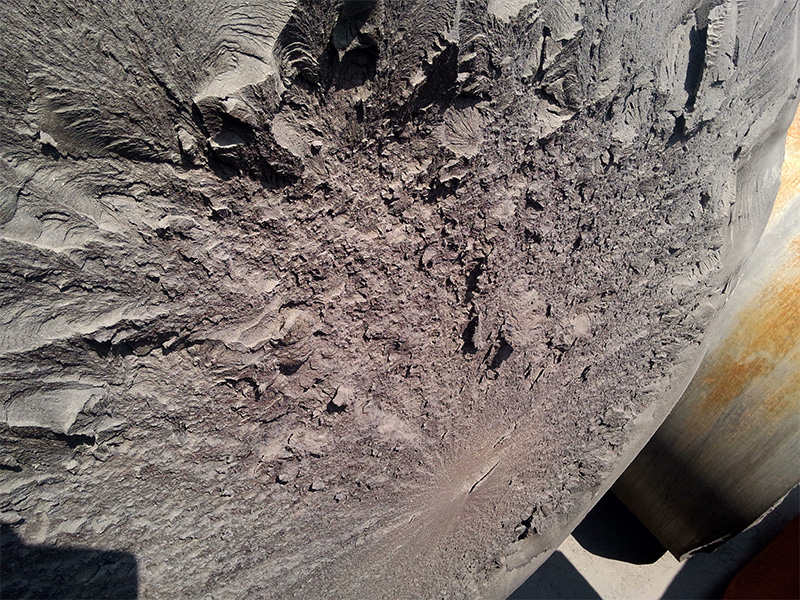

The mechanism of hydrogen embrittlement is still controversial, but most scholars believe that the following effects are the main causes of hydrogen embrittlement:

In the process of metal solidification, the hydrogen dissolved in the metal cannot be released in time and diffuses to the vicinity of the defect in the metal. At room temperature, the atomic hydrogen synthesizes molecular hydrogen at the junction of the defect and accumulates continuously, resulting in huge internal pressure and causing the metal to crack.
In the hydrocracking furnace of the petroleum industry, the operating temperature is 300-500 degrees, and the hydrogen pressure is up to dozens to hundreds of atmospheric pressures. At this time, the hydrogen can seep into the steel and react with carbon to form methane. Methane bubbles can nucleate and grow in inclusions or grain boundaries and generate high pressure to cause steel damage.
Hydrogen embrittlement may also be caused by hydrogen dissolved in the metal under stress. The atoms in a metal are arranged periodically in a regular way, called a lattice. Hydrogen atoms are generally located in the gap between metal atoms, and the local place where atomic dislocations occur in the lattice is called dislocation, and hydrogen atoms tend to gather near dislocation. When the external force is applied to the metal material, the stress distribution inside the material is not uniform, and the stress concentration will occur in the rapid transition area of the material shape or at the defects and micro-cracks inside the material. Hydrogen atoms diffuse in the lattice or follow the dislocation to the stress concentration region under the action of stress gradient. As the interaction between hydrogen and metal atoms weakens the bonding force between metal atoms, cracks will be initiated and spread in the high hydrogen region, leading to brittle fracture. In addition, hydrogen enrichment in the stress concentration region promotes the plastic deformation of the region, resulting in cracks and propagation. In addition, there are a lot of microcracks in the crystal. When hydrogen gathers towards the crack, it is adsorbed on the surface of the crack, which reduces the surface energy, so the crack is easy to expand.
Some metals have a great affinity with hydrogen, supersaturated hydrogen and this metal atom can easily combine to form hydride, or the high concentration of hydrogen gathered in the stress concentration area under the action of external force can combine with this metal atom to form hydride. Hydride is a kind of brittle phase structure, which often becomes the source of fracture under the action of external force, resulting in brittle fracture.

(1) One way to identify hydrogen embrittlement and stress corrosion in the laboratory is to apply a small anodic current, for example, to accelerate cracking, which is stress corrosion, and apply a small cathodic current, which accelerates cracking is hydrogen
(2) In materials with low strength, or high strength materials with little stress and small residual tensile stress, the fracture source is not at the surface, but at a certain depth below the surface, where the triaxial tensile stress is the largest and hydrogen concentration leads to fracture.
(3) The main crack of fracture is not branched, which is quite different from the stress corrosion crack. The fracture of hydrogen embrittlement may be transgranular or intergranular or change from one type of crack propagation to another. For example, hydrogen embrittlement often extends along the proto-austenite grain boundary in quenched and tempered steel, while hydride is readily formed in titanium alloys, where cracks develop along the interface between the hydride and the base metal.

(4) There are generally no corrosion products or the amount of them is very small on the hydrogen embrittlement fracture.
(5) Most hydrogen embrittlement fractures (except for hydride embrittlement) show strong dependence on temperature and deformation rate. Hydrogen embrittlement occurs only in a certain temperature range, which depends on the chemical composition and deformation rate of the alloy. The higher the deformation rate is, the less sensitive hydrogen embrittlement is. When the deformation rate is greater than a critical value, hydrogen embrittlement disappears completely. Hydrogen embrittlement has little effect on the yield strength of the material, but has great effect on the area shrinkage.

For Further Details,Please Feel Free To Contact Us: